Fix: Audacity Could not Find any Audio Devices
Audacity opens with a warning that says, “Could not find any audio devices,” and the dropdown menus for Host, Recording, and Playback are empty. This means you can’t record or play any sound in the program. This message shows that Audacity couldn’t find any audio devices to use on your computer.
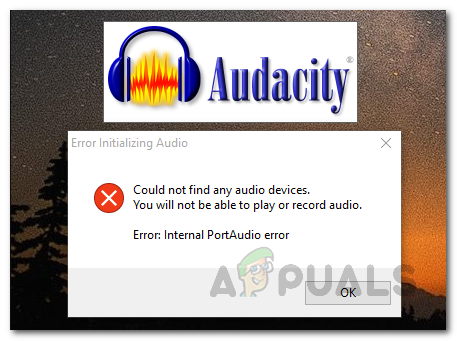
Usually, this happens because your audio driver is missing or not working well, especially after a Windows update or when you’ve just updated Audacity. Other possible reasons include blocked permissions or a conflict with virtual audio tools.
Now that you know some of the most likely causes, let’s look at some simple methods to fix the error. Before trying any of these solutions, make sure your audio device actually appears in Windows. You can check this by going to the Devices and Printers section in the Control Panel.
1. Restart Your System
The first thing you should try is restarting your computer. After installing Audacity, it tries to detect your audio devices automatically. Sometimes, your microphone or speakers may be in use by another application, which prevents Audacity from using them. Restarting your computer will close any programs that might be using your audio devices and often clears up the error.
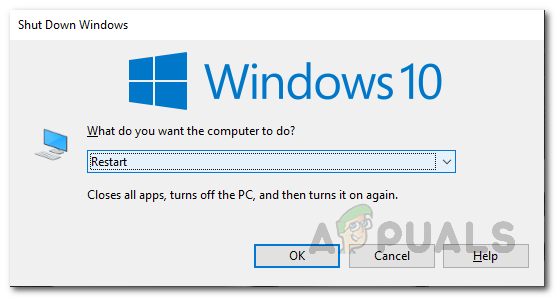
After your PC has restarted, try opening Audacity again. In many cases, the error won’t appear, and the application will work as intended.
2. Install or Update Audio Drivers
If restarting didn’t help, the next step is to check your audio drivers. Audio drivers act as a bridge between your computer and the audio hardware. If the drivers are outdated or not the right ones for your system, Audacity may not be able to find your audio devices. Try updating your drivers, and if that doesn’t work, manually install the latest drivers from your motherboard or sound card manufacturer’s website.
2.1. Update Drivers Automatically
- Open the Start menu and search for Device Manager. Click to open it.
- Expand the Sound, video, and game controllers section.
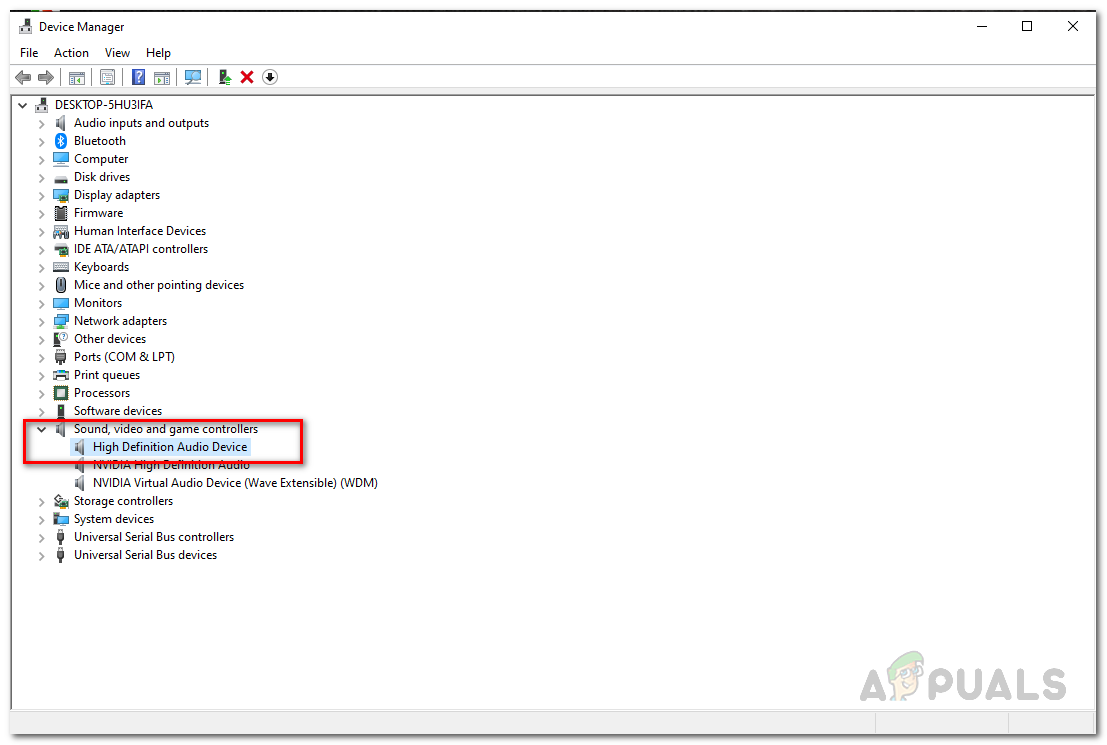
Device Manager - Find your sound card in the list and double-click on it.
- Go to the Driver tab and select Update Driver.
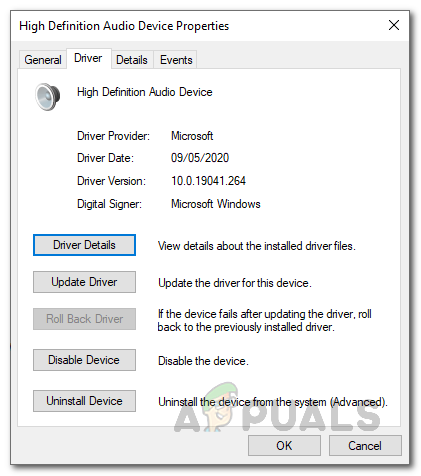
Sound Driver Details - Select Search automatically for drivers.
- Follow the instructions to install any available updates.
- Also, check under the Audio inputs and outputs section to make sure your audio device is listed. If it is, repeat the update process for these devices as well.
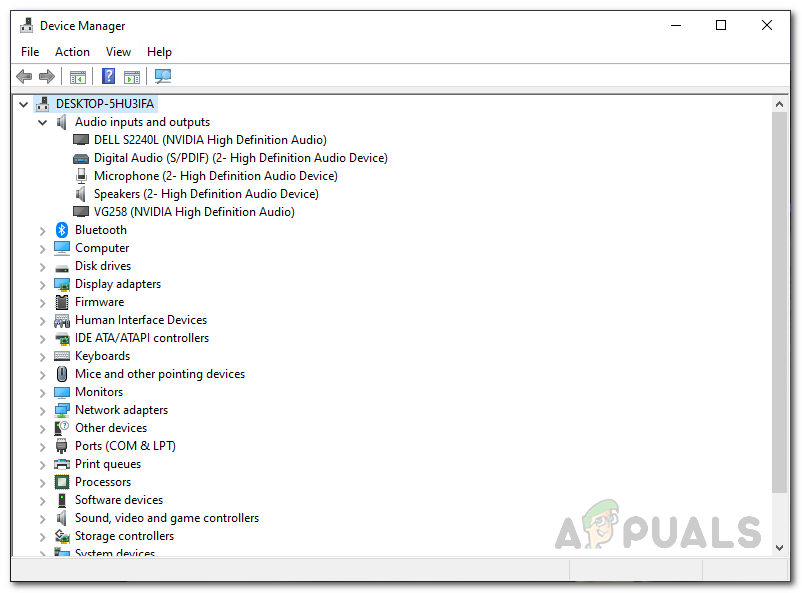
Device Manager - Once you have updated your drivers, check if Audacity now recognizes your audio devices.
2.2. Manually Download and Install Drivers
If updating through Device Manager didn’t work, try downloading the correct audio drivers from your device manufacturer’s website.
- Press Windows key + R to open the Run dialog box.
- Type msinfo32 and press Enter.
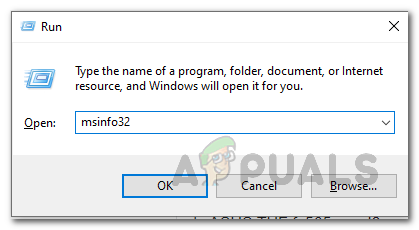
Run Dialog Box - The System Information window will open. Here, look for BaseBoard Manufacturer and BaseBoard Product on the right side.
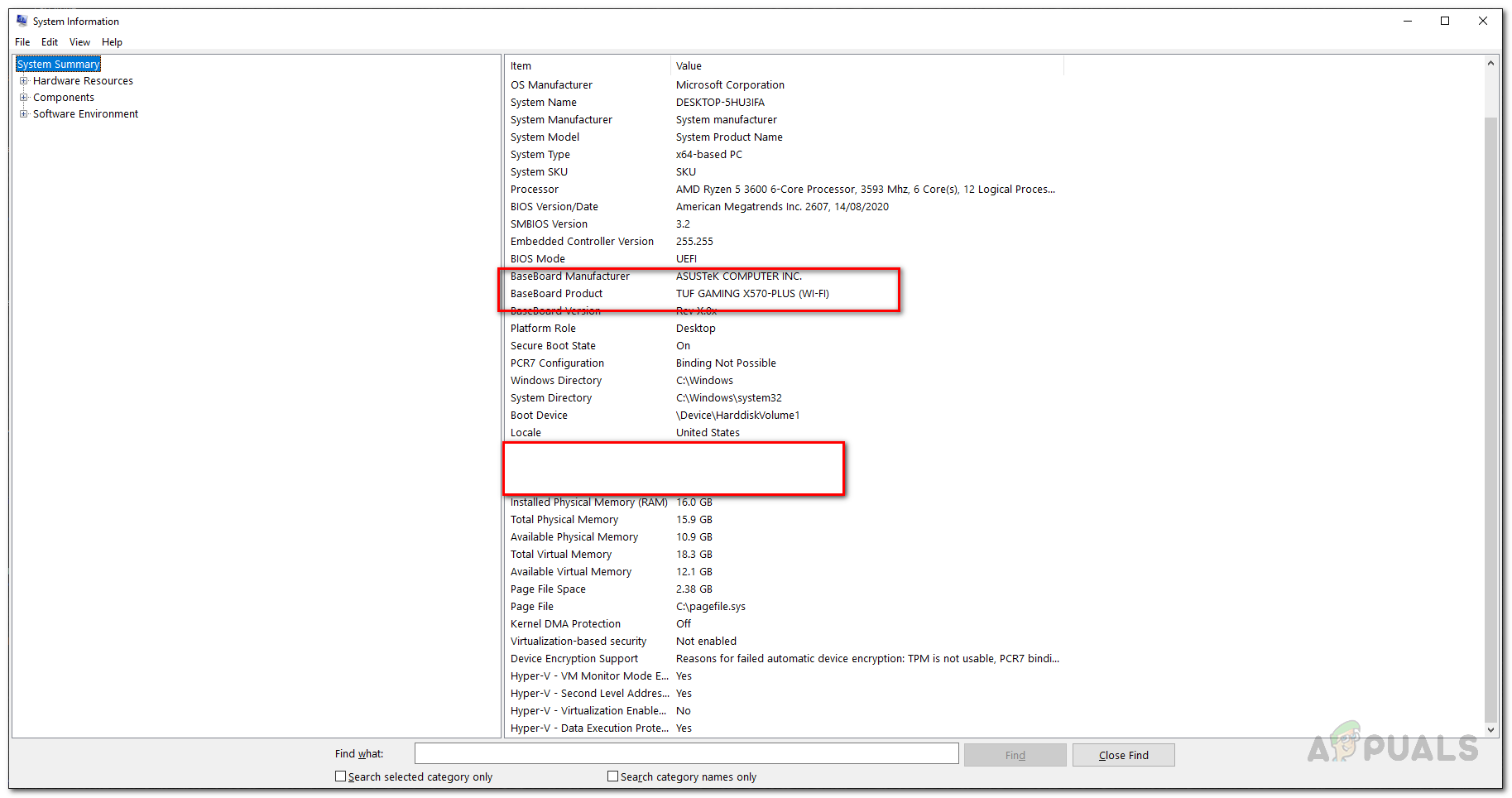
System Information - This information will tell you the make and model of your motherboard.
- Go to the manufacturer’s website and search for the audio drivers for your specific motherboard model.
- Download and install the latest version of the drivers.
- Restart your computer and then open Audacity to see if the problem is solved.
3. Uninstall Other Third-Party Recording Software
If you’ve tried the above methods and still see the error, another possible cause is third-party recording software on your system. For example, programs like Total Recorder are known to interfere with Audacity by blocking access to your audio devices. If you have any extra recording apps installed, uninstall them, restart your system, and then try Audacity again.
By following these steps, you should be able to fix the “Could not find any audio devices” error in Audacity. If you still have trouble, consider checking the official Audacity support forums or reaching out to your device manufacturer for extra help.





